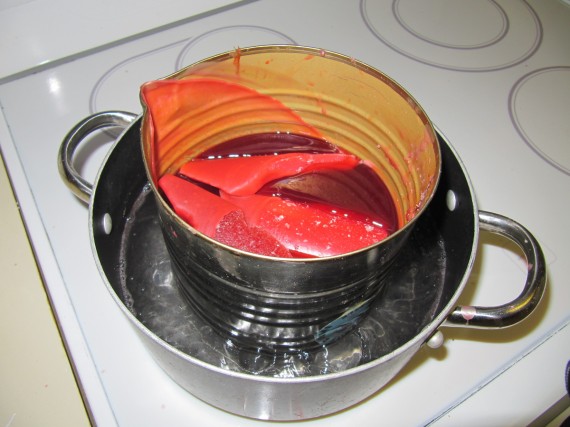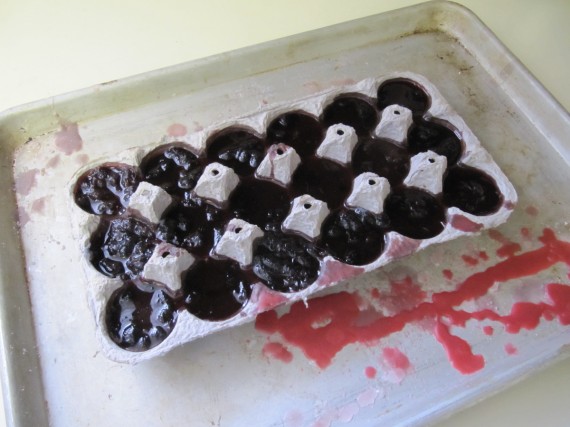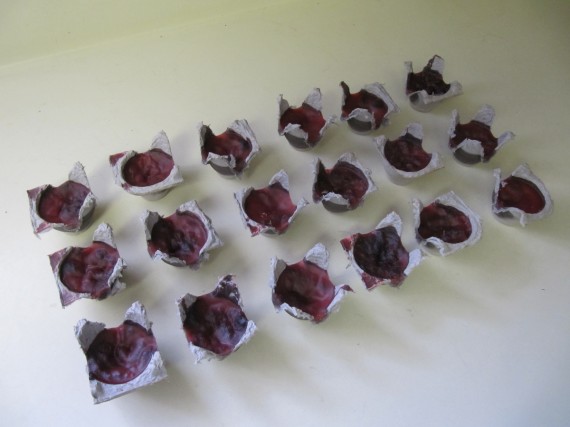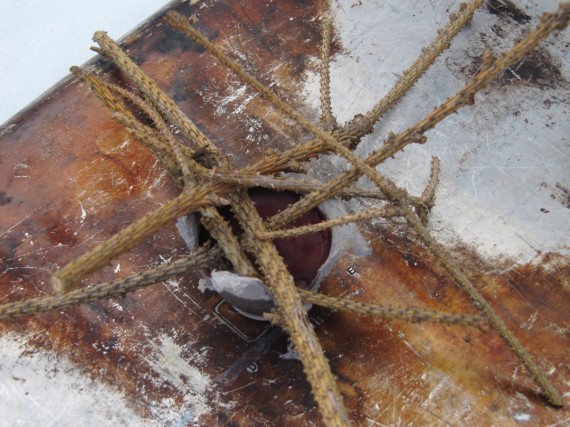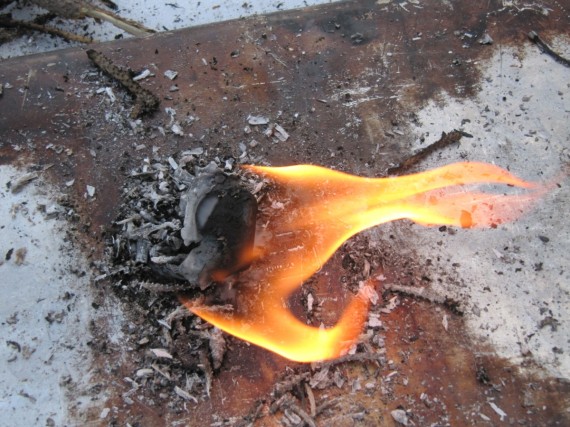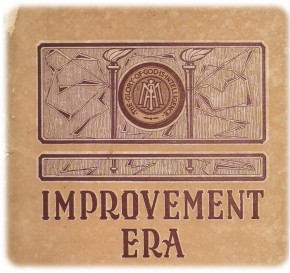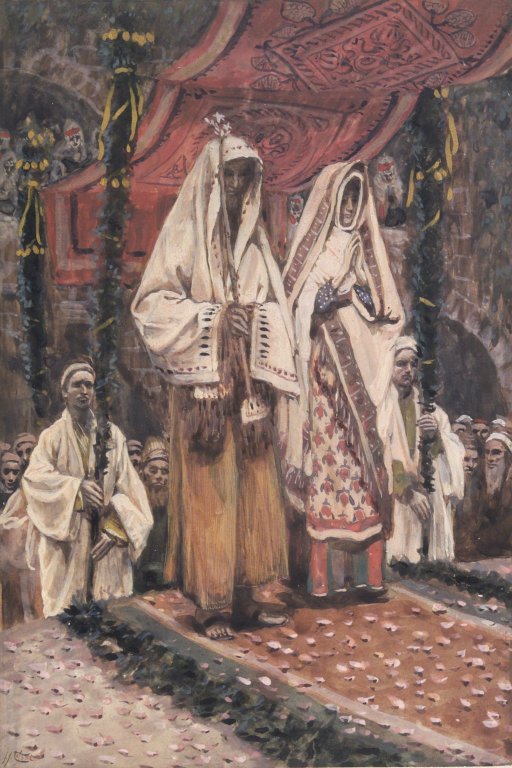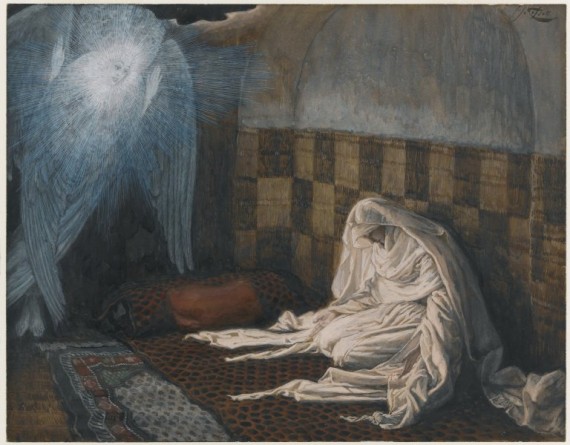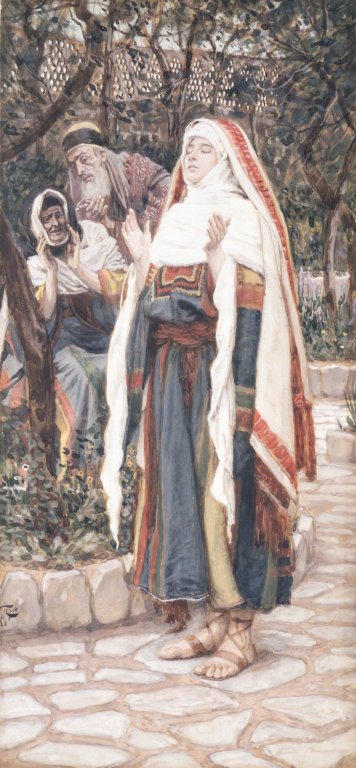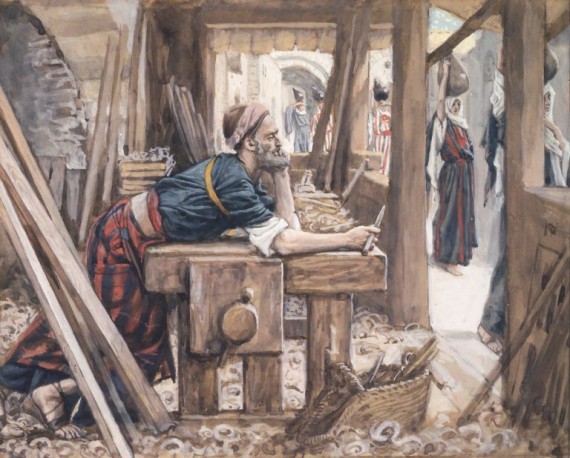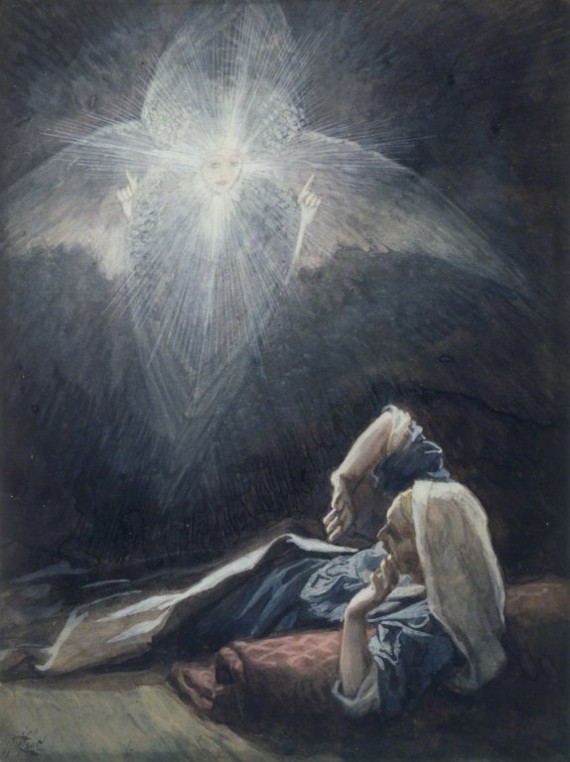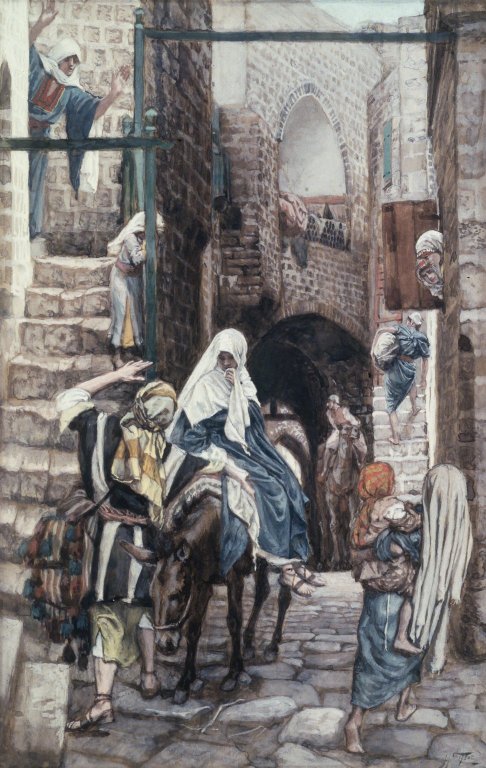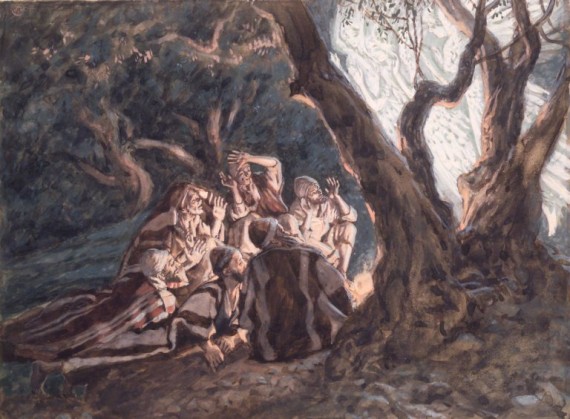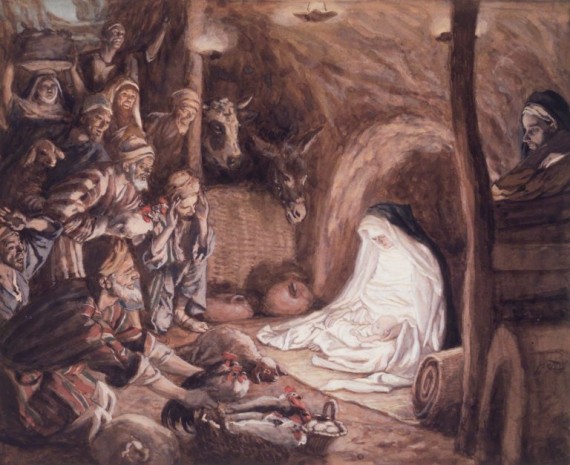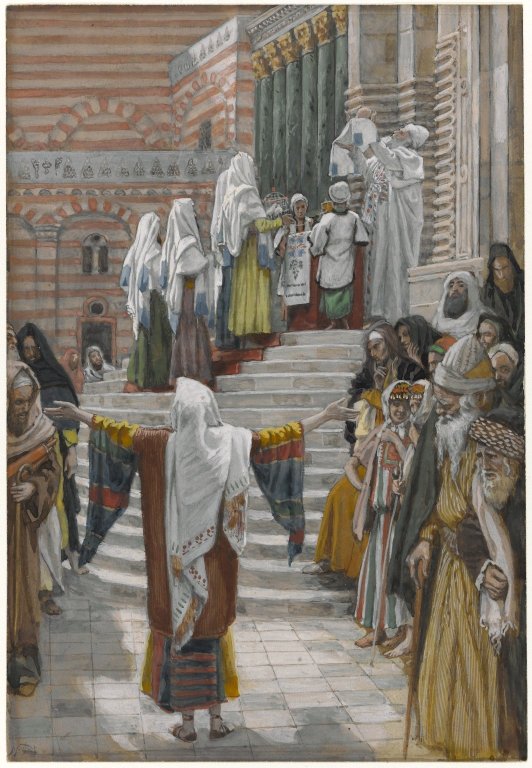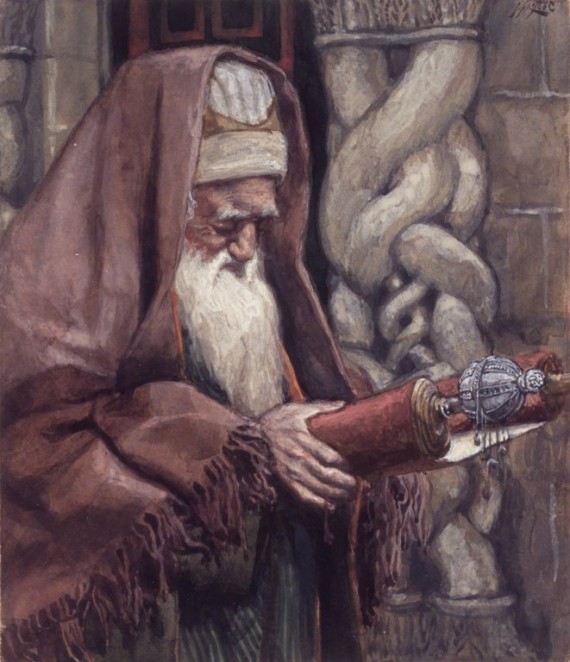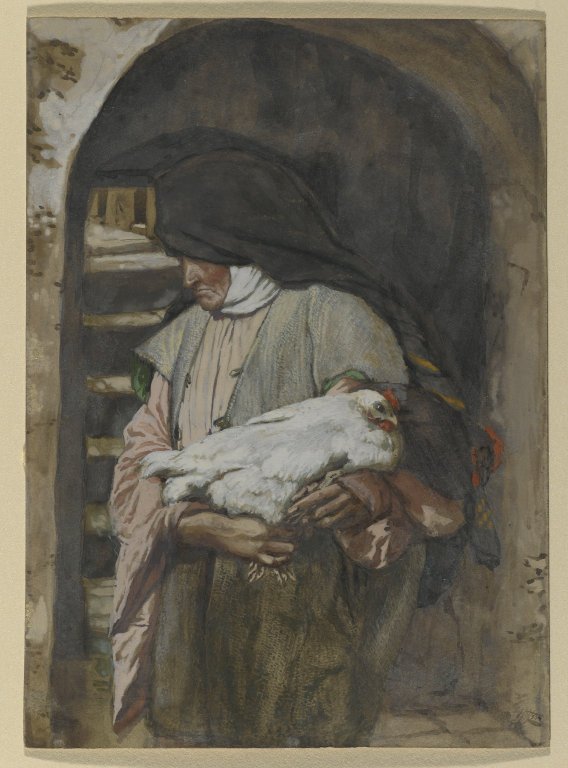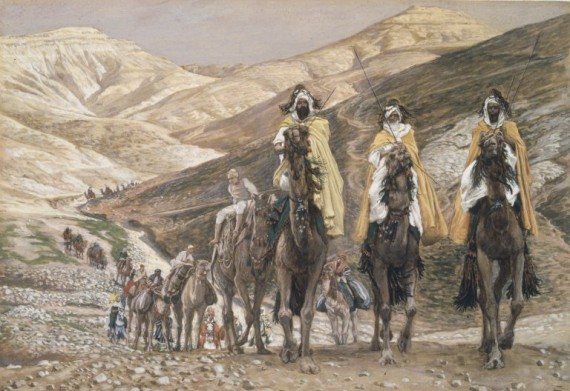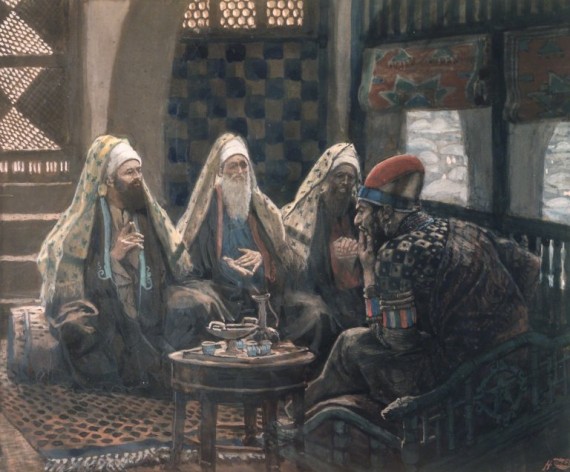The Apocalypse makes reference to twelve precious stones:
And the foundations of the wall of the city were garnished with all manner of precious stones. The first foundation was jasper; the second, sapphire; the third, a chalcedony; the fourth, an emerald;
The fifth, sardonyx; the sixth, sardius; the seventh, chrysolite; the eighth, beryl; the ninth, a topaz; the tenth, a chrysoprasus; the eleventh, a jacinth; the twelfth, an amethyst. (Rev. 21:19-20)
Some have tried to identify each stone with a specific tribe of Israel. I have not done so here as I do not think there is enough evidence to make such a determination. Remember too that precious stones named in the Bible may or may not refer to gemstones of the same name today.
The twelve stones of Aaron’s breastplate referred to in Exodus 28:17-20 and Exodus 39:10-13 do not correspond exactly with the twelve stones of The Apocalypse. There are several differences, for example Onyx is replaced by Sardonyx and Ligure is replaced by Chrysoprasus.
The Hebrews obtained their precious stones from the Middle East, Egypt, and India. At the time of the Exodus the Israelites took with them many precious stones.
The people of Palestine could obtain stones from the merchant caravans travelling from Babylonia or Persia to Egypt and those from Sheba and Raamah to Tyre.
Below is a description of each precious stone referenced in the building of the wall of the New Jerusalem.
Click on the images to enlarge.
Jasper
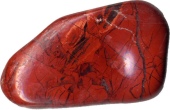 Jasper, meaning spotted or speckled stone, is an opaque, impure variety of silica, usually red, yellow, brown or green in color. It owes its red color to iron inclusions.
Jasper, meaning spotted or speckled stone, is an opaque, impure variety of silica, usually red, yellow, brown or green in color. It owes its red color to iron inclusions.
Jasper is known to have been a favorite gem in the ancient world. Legend says that Jasper would drive away evil spirits and protect against snake and spider bites. In the fourth century, it was thought to bring about the rain.
Jasper has a smooth surface, and is used for ornamentation or as a gemstone. It can be highly polished and is used for vases, seals, and at one time for snuff boxes.
Sapphire
 Sapphire, meaning blue stone, is a variety of the mineral corundum, an aluminium oxide. Although blue is their most well-known color, sapphires are made up of any color, except for red when they would be called rubies. Sapphires may also be colorless, and are also found in shades of gray and black.
Sapphire, meaning blue stone, is a variety of the mineral corundum, an aluminium oxide. Although blue is their most well-known color, sapphires are made up of any color, except for red when they would be called rubies. Sapphires may also be colorless, and are also found in shades of gray and black.
Sapphires are commonly worn as jewelry and can be found naturally.
Sapphires were not known as a distinct stone and sapphiros referred to any blue gem in general before the time of the Roman Empire. They were considered to be forms of jacinth.
Chalcedony
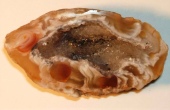 Chalcedony is composed of very fine intergrowths of the minerals quartz and moganite.
Chalcedony is composed of very fine intergrowths of the minerals quartz and moganite.
Chalcedony has a waxy luster, and may be semitransparent or translucent. It can assume a wide range of colors, but those most commonly seen are white to gray, grayish-blue or a shade of brown ranging from pale to nearly black.
The name chalcedony comes from Latin calcedonius, the word used to translate the Greek word khalkedon, found only once, in the Book of Revelation. It is doubtful that the precious stone referred to is the same as what is now understood by the name.
Emerald
 Emerald is a variety of the mineral beryl colored green by trace amounts of chromium and sometimes vanadium. Most emeralds are highly included, so their toughness (resistance to breakage) is classified as generally poor.
Emerald is a variety of the mineral beryl colored green by trace amounts of chromium and sometimes vanadium. Most emeralds are highly included, so their toughness (resistance to breakage) is classified as generally poor.
Deep green is the most desired color in emeralds. The paler the color of the emerald, the lesser its value.
The word originally came from the Hebrew, meaning green. However, Bible references to emerald as a precious stone is probably a mistranslation.
Emeralds in antiquity were mined by the Egyptians.
Sardonyx
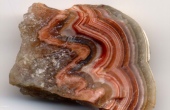 Sardonyx is a variant of onyx in which the colored bands are usually flat-banded, white and brownish-red rather than black.
Sardonyx is a variant of onyx in which the colored bands are usually flat-banded, white and brownish-red rather than black.
Use of sardonyx appears in the art of Minoan Crete from the archaeological recoveries at Knossos.
Roman soldiers wore sardonyx talismans engraved with heroes such as Hercules or Mars, believing that the stone would make the wearer as brave as the figure carved on it.
During the Renaissance, sardonyx was believed to bring eloquence upon the wearer and was greatly valued by orators.
Sardius
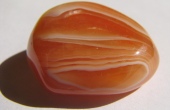 Sardius is a stone of a blood-red or flesh color and is commonly known as carnelian or sard. It is the same as the sardine stone mentioned in Revelation 4:3.
Sardius is a stone of a blood-red or flesh color and is commonly known as carnelian or sard. It is the same as the sardine stone mentioned in Revelation 4:3.
Sard was used for Assyrian cylinder seals, Egyptian and Phoenician scarabs, and early Greek and Etruscan gems. The Hebrew odem, translated sardius, was a red stone, probably sard.
According to Pliny the Elder, sard derives its name from the city of Sardis in Lydia, but it more likely comes from the Persian word sered, meaning yellowish-red. Others say it is found in Sardinia, from whence it has its name.
Chrysolite
 Chrysolite is named peridot when of a deep olive-green, olivine when of a yellowish-green, and chrysolite when of a lighter or golden-yellow color. The name chrysolite means gold stone.
Chrysolite is named peridot when of a deep olive-green, olivine when of a yellowish-green, and chrysolite when of a lighter or golden-yellow color. The name chrysolite means gold stone.
Chrysolite is frequently mentioned in the Bible and in ancient literature; but was probably topaz. If this is true, the chrysolite of the ancients was found on the island of Topazios, in the Red Sea. Diodones Siculus says of the stone there that it was not discernible by day, but was bright at night.
The name chrysolite was also applied in former times to a number of other yellow gems, such as zircon and beryl, stones of a similar color being then usually classed together.
Beryl
 Beryl is a beryllium aluminium cyclosilicate. Pure beryl is colorless, but it is frequently tinted by impurities; possible colors are green, blue, yellow, red, and white. In Greek beryl means a precious blue-green color-of-sea-water stone.
Beryl is a beryllium aluminium cyclosilicate. Pure beryl is colorless, but it is frequently tinted by impurities; possible colors are green, blue, yellow, red, and white. In Greek beryl means a precious blue-green color-of-sea-water stone.
Beryl is mentioned in scripture such as when Daniel sees the Lord in vision and describes “His body also was like the beryl.”
Beryl is much softer than diamond, ruby, or sapphire. Beryl is quite common, and the crystals in its cruder form often grow to enormous size. One such crystal is preserved in the Boston Museum of Natural History, which is three and one half feet long and three feet wide and weighs several tons.
Topaz
 Pure topaz is colorless and transparent but is usually tinted by impurities; typical topaz is wine, yellow, pale gray, reddish-orange, or blue brown. It can also be made white, pale green, blue, gold, pink (rare), reddish-yellow or opaque to transparent.
Pure topaz is colorless and transparent but is usually tinted by impurities; typical topaz is wine, yellow, pale gray, reddish-orange, or blue brown. It can also be made white, pale green, blue, gold, pink (rare), reddish-yellow or opaque to transparent.
On account of its hardness, it takes a good polish and shows a brilliant luster which is often seen on the crystal faces.
Amongst the ancients, like the ruby, the topaz was also supposed to be gifted with marvellous medical properties, and also believed to be capable of giving light in the dark. When powdered and taken in wine, it was considered a cure for asthma, sleeplessness and many other diseases.
Chrysoprasus
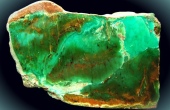 Chysoprasus is a gemstone variety of chalcedony that contains small quantities of nickel. Its color is normally apple-green, but varies to deep green.
Chysoprasus is a gemstone variety of chalcedony that contains small quantities of nickel. Its color is normally apple-green, but varies to deep green.
The word Chrysoprasus appears only once in the Bible, in Revelation 21:20. This is perhaps the agate of Exodus 28:19.
Chrysoprasus was used by the Greeks, Romans, and the Egyptians in jewelry and other ornamental objects and because of its semi-opaque green color, it is often mistaken for Imperial jadeite.
Chrysoprase is prized for its color and rarity and is said to be the favorite gemstone of Alexander the Great.
Jacinth
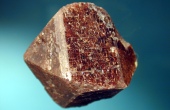 Jacinth, from the Greek word hyacinth, is a red transparent variety of zircon.
Jacinth, from the Greek word hyacinth, is a red transparent variety of zircon.
Jacinth, like a lot of other zircon, has been used since biblical times. It has also shown up as an ornamental stone in the weaponry and armor of other cultures.
Jacinth is better suited to items like pendants, necklaces, brooches, and earrings than it is to bracelets.
Many ancient cultures believed jacinth would protect them from personal danger. It was also believed to protect property from theft. Some thought that is could ward off the evil of witchcraft. Many believed that it would dull in color if the wearer was sick.
Amethyst
 Amethyst is a violet variety of quartz often used in jewelry. The name comes from the Greek meaning not intoxicated. The ancient Greeks and Romans wore amethyst and made drinking vessels of it in the belief that it would prevent drunkenness.
Amethyst is a violet variety of quartz often used in jewelry. The name comes from the Greek meaning not intoxicated. The ancient Greeks and Romans wore amethyst and made drinking vessels of it in the belief that it would prevent drunkenness.
Amethyst was used as a gemstone by the ancient Egyptians and was largely employed in antiquity as engraved gems.
Up to the 18th century, amethyst was included in the most valuable gemstones along with diamond, sapphire, ruby, and emerald. However since the discovery of extensive deposits in locations such as Brazil, it has lost most of its value.
Sources
- Souvay, Charles (1912). “Precious Stones in the Bible“.
- Wikipedia articles: Amethyst, Beryl, Carnelian, Chalcedony, Chrysoprase, Emerald, Jacinth, Jasper, Olivine, Onyx, Sapphire, and Topaz.
- Several other websites.


